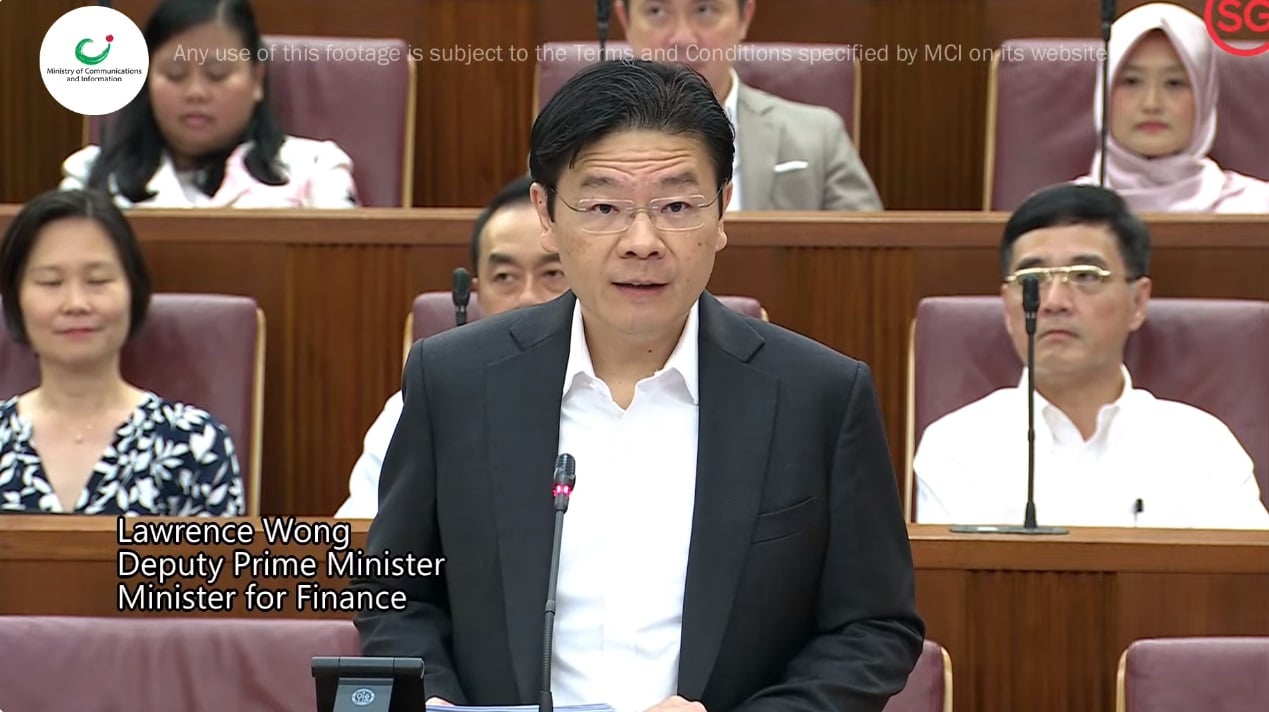Have you ever been wrongfully dismissed at work and not know what to do?

Fear not. With effect on 1 April 2019, changes have been made to the Employment Act (EA) and Employment Claims Act (ECA) and one of the key amendments deals with wrongful dismissal in the workplace.
What defines a dismissal? According to ECA, the definition of a dismissal is “a termination of a contract of service between an employer and an employee at the initiative of the employer, with or without notice, including salary in lieu of notice. It also includes involuntary resignation.”
Legal reasons for the employer to terminate his/her employee from the workplace includes misconduct (i.e. when the employer proves that the employee has performed acts of dishonesty or engaged in inappropriate behaviour), poor performance (i.e. employee did not accomplish his/her job corresponding to obligatory requirements), or redundancy (i.e. the job scope of the employee has been changed and the old job scope is no longer in existence due to company restructuring).
However, more often than not, the reasons for dismissal from the employer are not validated. This is when an employee suffers a wrongful dismissal.
To clear any doubts, it is not to say that all dismissals should come with aforementioned reasons. In the case where an employer dismisses an employee with notice and without reason, it is not regarded as a wrongful dismissal if the employee is “unable to point to any facts, incidents or situations which could suggest that the employer’s intention was anything other than termination in accordance with the contract.”
With reference to the Tripartite Guidelines on Wrongful Dismissal under the ECA, wrongful explanations for dismissal include “discrimination, deprivation of benefit, or to punish an employee for exercising his employment right.” Even if the employer provides a reason for dismissal with notice but the reason is found to be untrue, the dismissal would also be deemed wrongful.
If employer dismisses employee due to discriminatory reasons such as age, race, gender, religion, marital status, family responsibilities or disabilities (e.g. employee has yet to reach legal retirement age but employer insists that he/she is too old, preference for specific racial or religious groups in the workplace, dismissal due to marriage), it is a wrongful dismissal.
If employer dismisses employee to deprive him/her of benefits or entitlements (e.g. sick/hospitalization leave, maternity leave), it is a wrongful dismissal.
If employer dismisses employee for exercising an employment right (e.g. employee has filed for a mediation request with the Tripartite Alliance for Dispute Management (TADM) for salary-related claims), it is a wrongful dismissal.
In the cases where the employee was forced to resign for the wrongful reasons and not on voluntary basis, it is also considered a wrongful dismissal.
In the past, wrongful dismissals were heard by the Ministry of Manpower (MOM) while salary-related claims were heard at the Employment Claims Tribunals (ECT) or TADM. However, most of the time, both wrongful dismissals and salary-related claims are largely interlinked. Hence, the Government has decided to merge both issues to be heard at the ECT/TADM. Managers and Executives (M&Es) can now seek help if they are wrongfully dismissed after having served their employer for at least six months, in comparison to the old time frame of a year.
So what should you do if you feel that you or your family member/friend is caught in a situation of wrongful dismissal?
Make sure you file a wrongful dismissal claim at TADM within one month from the last day of your employment. If it was a dismissal without notice, your employer has to prove that the dismissal was not wrongful. If it was a dismissal with notice or in lieu of notice, the employee must provide evidence of wrongful dismissal.
In the situation where the wrongful dismissal claims are unable to be resolved at TADM, the case would be referred to ECT. If judgment is passed that the dismissal was wrongful, your employer may be ordered to do either of the following: allow you to return to your former job and pay you any loss of income due to the wrongful dismissal, or pay you a sum of money as your compensation.
I hope we are all thankful for the new regulations set in place by the Government to protect employees’ rights and ensure there is no wrongful dismissal in the workplace.
This is a reader-contributed article. If you’d like to contribute your story to us, drop us an email at editors@sureboh.sg and we’ll review it. We read each submission that comes to us within two weeks of receiving it.





